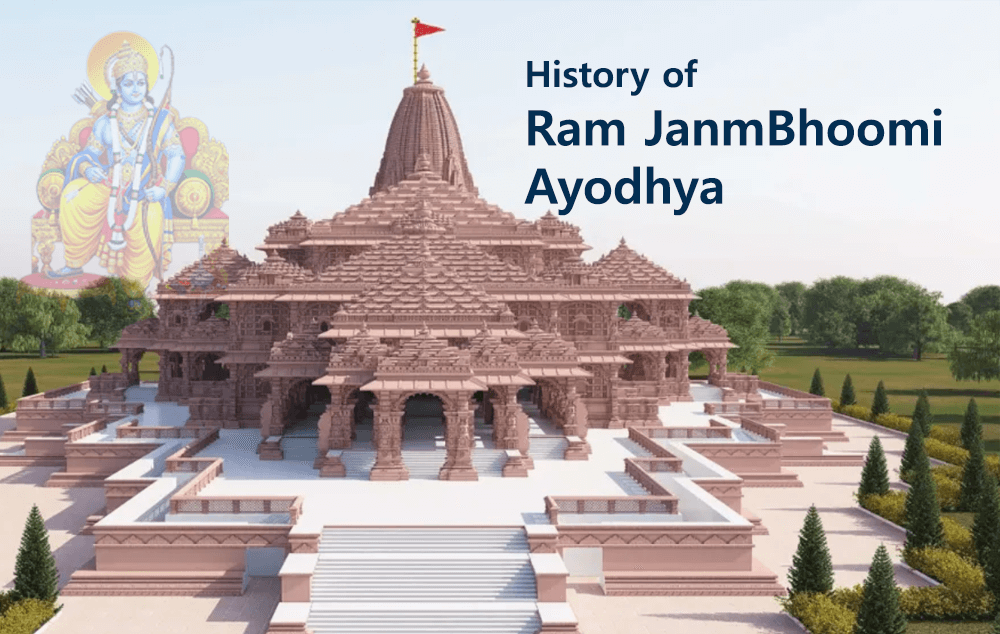Think of Ayodhya as the ancient city of Lord Ram, where lots of great folks did amazing things. Ayodhya is a special place for Hindus because it’s where Lord Ram was born – they call it Ram Janmabhoomi. There was this grand temple made there, but it got torn down. Let’s find out the history of Ram Janmabhoomi and what it was like.
Archaeological Facts of Ram Temple
Long ago, back in 5114 BC, it’s said that Lord Ram was born here on the ninth day of the Chaitra month, celebrated as Ram Navami. Later on, there were signs found under the ground in the same spot where the Babri Masjid was built. There were pillars and pottery remains suggesting there was a temple there. A bunch of surveys and reports confirmed it too. Even a Shiv temple was spotted!
How was Ayodhya
Ayodhya in the past was something else! It used to be the capital of the Kosala kingdom. According to an old story, it was about 12 Yojanas long and 3 Yojanas wide. Imagine it like this grand place with wide roads, palaces, gardens, and huge pillars at every corner. It was huge, around 12 Yojanas wide.
*** 1 Yojana : 13kms
What was the Condition of the Ram Birthplace?
Later on, after Lord Ram’s time, Ayodhya went through some tough patches. But his son, Kush, rebuilt the city. It stayed strong even through 44 generations until Maharaja Brihadbal. After him, things got a bit shaky with the Mahabharata war and all, but the essence of Ram’s birthplace remained intact.
Who built the Grand Ram Temple?
There’s a tale about Emperor Vikramaditya of Ujjain visiting Ayodhya and feeling something special here. Guided by some holy people, he built a marvelous temple, a well, a lake, and some grand halls. They say he made a huge temple with 84 black stone pillars at Lord Ram’s birthplace. It was a sight to behold!
Famous ancient Temples of South India
Who did the Renovation of Ram Temple?
Over time, many rulers, including the Shunga dynasty’s first ruler Pushyamitra Shunga, took care of the temple. Even during the Gupta dynasty, Ayodhya stayed as their capital for quite a while. There’s mention of it by the great poet Kalidasa in his works too.
Who witnessed that there was Grand Temple?
Later on, Chinese travelers like Fa-Hien in the 7th century and Hieun Tsang talked about many Buddhist temples and a grand Hindu temple called Ram Mandir. But things changed when in the 11th century, King Jayachand from Kannauj vandalized the temple.
When did the Decline of the Temple Begin?
After facing invasions and attacks, the Ram Mandir stood strong until the 14th century. But in 1527-28, it was unfortunately demolished during Babur’s rule. It’s said that one of Babur’s generals destroyed the ancient and grand temple, replacing it with a mosque, which stood until 1992.
Ayodhya Ram Mandir Inauguration Date
